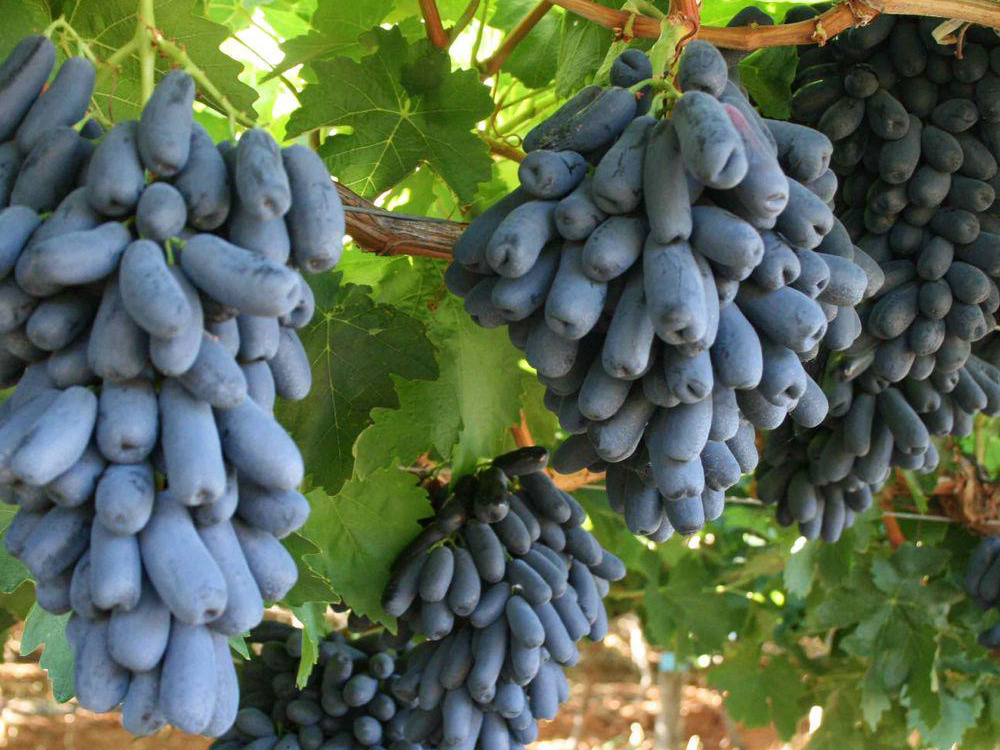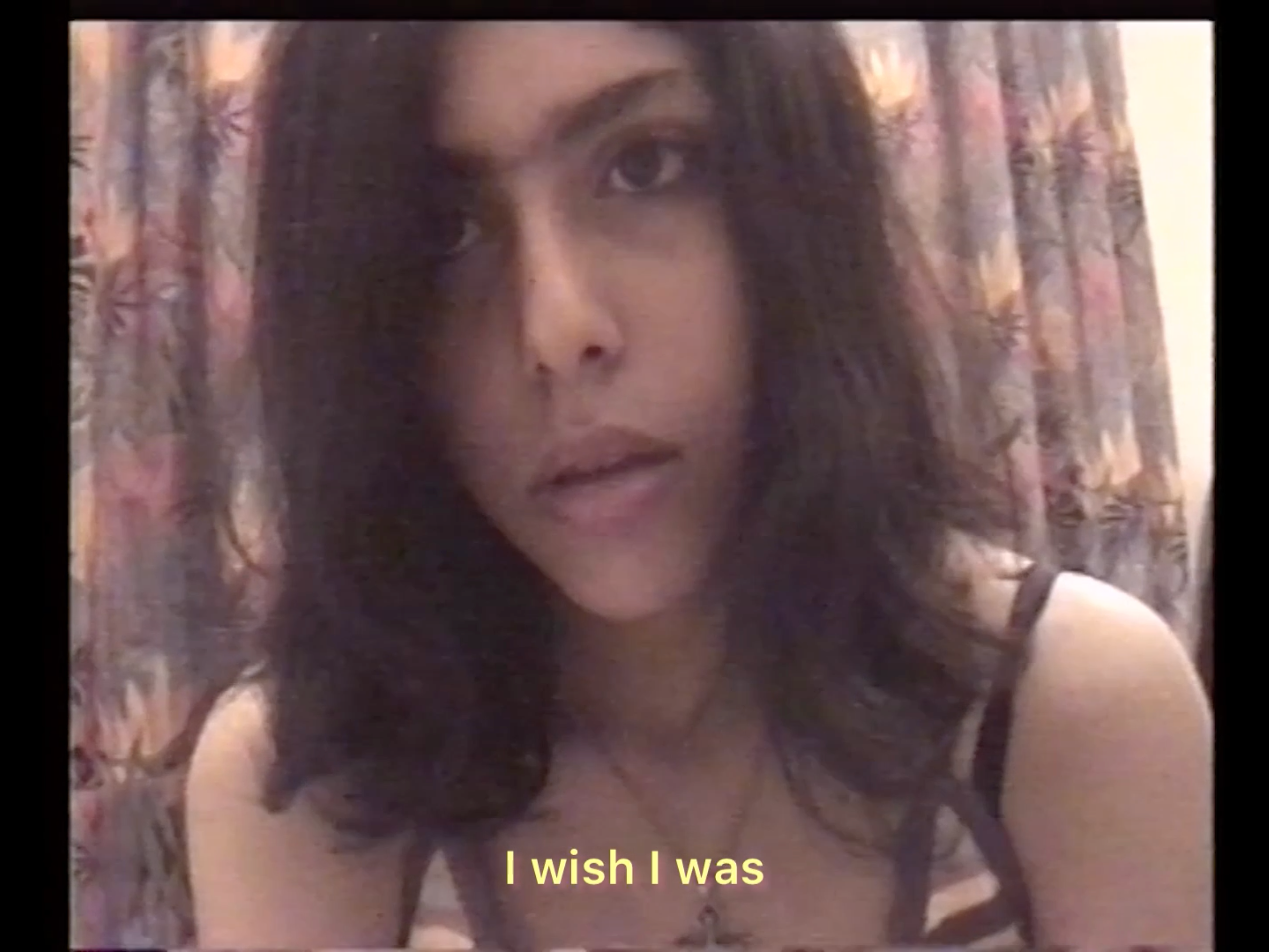«غم» Between Fingers: Sketches of grief
“And every sorrow that its return leads to joy, do not count it as sorrow.”
Excerpts from “Qabusnameh”
Grief «غم» and mourning «سوگواری» encapsulate an enigmatic imagery. Sigmund Freud, in "Mourning and Melancholia" (1917), posits that mourning is the reaction to the loss of a loved person or the loss of an abstraction taking its place, such as one's country, liberty, or an ideal. Although, my intricate exploration of grief, rooted in a nonlinear and sub-narrative approach, extends beyond the Western gaze and delves into the cultural and linguistic realms, particularly within the context of Iranian society. The nuanced portrayal of grief in Farsi not only mirrors the complex nature of sorrow but also invites deeper engagement with the ways grief is experienced and articulated across different cultures. My reflection on these dynamics, especially concerning cultural memory and the female body, aims to critique the systematic erasure and objectification prevalent in societal norms.
A Pocket Size Glossary for Grief
In Farsi, the word «حزن» (hʊzn) holds synonymous meanings with «اندوه» (ænduh), «غم» (qæm), and «غصه»(qʊsɛ), all of which encapsulate the profound essence of ‘sorrow’, ‘grief’, and ‘mourning’. While these three words, «غصه» (qʊsɛ), «غم» (qæm), and «حزن» (hʊzn), share similar emotional connotations, they bear nuanced differences in their application and underlying intentions within the Farsi language. Remarkably, all three words trace their origins back to Arabic roots.«حزن» (hʊzn), akin to a shadow cast upon happiness, represents its antithesis. «غم» (qæm), signifies an act of veiling or covering. «غصه» (qʊsɛ), on the other hand, vividly denotes something lodged in the throat, invoking a sense of choking and constriction.
Within the Farsi language, the concept of grief is characterized by intricate layers. A massive portion of this complexity derives its essence from the fertile grounds of literary expressions, while a significant portion has grown under the shade of Iranian-Islamic culture. Alongside these paradigms, one encounters the profound and intensely personal experience of grief, a facet of human existence that has, intriguingly, never been formally institutionalized or subjected to the rubrics of religious governance. This enduring enigma of individualized grief remains perpetually fresh and susceptible to exploration, despite the passage of years. In the panorama of my life, a persistent undercurrent of grief propels me towards cultivating insight and wisdom from the depths of the emotional abyss.
This glossary encompasses 10 terms associated with grief, reflecting the non-linear narrative of mourning explored in my research and artistic practice. These terms are unique to Iranian grief culture, each carrying specific meanings or resonances within my multidisciplinary approach to the expression of grief and visualizing the ritual of mourning. It’s crucial to recognize that I am reclaiming and re-navigating the examination of these words within my alternative lexicon, creating my own unique interpretations and visual associations.
It’s worth noting that all the definitions in this lexicon are from Ali Akar Dehkhoda’s Farsi-to-Farsi dictionary, alongside my interpretation of these entries. Moreover, all the phonetic transcriptions provided here are based on the IPA chart.
غمآور /qæmɑvæɹ/
The word-by-word translation of «غمآور» is “sorrow bringer”, but its equivalent in Farsi to English dictionaries are “mournful” and “grievous”.
In Ali Akbar Dehkhoda’s dictionary, this word is defined as: “That which brings sorrow and causes grief”. However, in my pocket-size glossary, I endeavored to explore other meanings and alternatives for the word, while considering the nuances and contingencies within its semantic scope. For me, linking grief with action imbues this word with dynamism. In my lexicon, it frequently coexists with verbs such as “witnessing” and “bearing”, signifying the encounter with an event or circumstance that engenders the resurgence of grief, a grief that is freshly and vividly construed. Another interpretation that resonates with me for this word involves carrying grief and sharing it. Additionally, there exists an aspect of corporeality and performative nature within the amalgamation of “grief” and “bringer”.
غمباد /qæmbɑd/
«غمباد» literally translates to “wind of sorrow,” but its Farsi equivalents in English dictionaries are “goiter” and “swelling” which are said to be brought on by grief.
From a more clinical standpoint, «غمباد» or “Globus Hystericus”, delineates a condition where the soul, steeped in grief and sudden emotional tumult, finds itself ensnared in the grip of an intangible weight. In my lexicon, «غمباد» emerges as a testament to the intricate dance between mind and body. It whispers of a connection forged in the crucible of despair, where the physical and the emotional converge in a delicate balance of pain and poignancy.
به سوگواری مویت سلام برغم باد سیاه چشم حریف منی، غمت کم باد
Your mournful hair (the blackness of which is poetically used as a metaphor for mourning) greets the wind of grief, O dark-eyed rival, may your sorrow diminish.
غمانگیز /qæmænɡiz/
Translating to “sorrowful” or “heartrending”, this term is used to describe situations, stories, or events that evoke deep sadness and empathy. Narratives or poems labeled as «غمانگیز» are those that touch the heart deeply, often leaving the audience with a profound sense of empathy and shared sorrow.
The term «غمانگیز»(/qæmængiz/) unfurls with nuance, distinct from «غمآور»(/qæmɑvæɹ/) which roots its essence in the corporeal, manifesting through performative states. «غمانگیز» (/qæmængiz/) inhabits a realm where silence and a subdued hum serve as its cradle. In my exploration of grief, I find this word in moments when one is drawn to the sanctuary of familial photo archives; the initial resonance that emanates from those captured visages whispers «غمانگیز» (/qæmængiz/). Similarly, an auditory tapestry or a narrative woven from the threads of friendship can conjure the alchemy of melancholy within the vessel of the self. Confronted with this sensory tableau, one encounters a hum—a spectral presence—that allows (/qæm/) to transmute into a tangible echo within the flesh.
غمافزا /qæmæfzɑ/
Directly translated to English as “sorrow increasing" or "aggravating sorrow," this word is applied to circumstances or actions that intensify feelings of grief. It can describe a piece of music, an event, or a memory that adds to the weight of sorrow being carried.
To understand this term, I preferred to imagine a scenario, where passive grief turns into active grief, or in other words, enters the stage of becoming غم افزا. A feeling of sorrow has made its home in the chest. A familiar sorrow, neither too small to fit in a pocket nor too large to bring tears to your eyes. News arrives, the colors intertwine, suffocating, غم افزا, breeding darkness. Worries obstructed the path of breath. Darkness rained down upon hearts and alleys.
غمخور /qæmxoɹ/
Metaphorically, "غمخور" refers to a person deeply affected by sorrow, often silently bearing and internalizing their grief. It portrays the image of someone who 'eats' their sadness, processing it internally without much external display. Translating to "eating sorrow" this word holds significant importance for me among the vocabulary used in combination with "غم" (sorrow) in Farsi. The metaphorical state it signifies speaks of distance, longing, and vulnerability. Bihqi, in describing the people of Iran, interprets them in this way: "They have consumed much sorrow" (Tarikh-e Beyhaqi, Adib Publishing, Q 458). Also, this word is frequently used to describe a lover in the absence and separation from the beloved, as surely in love there is separation and unattainability.
In contemporary Iranian literature, this word is used to describe a mother and self-sacrifice, referring to someone who, out of love, affection, and selflessness, "eats" the sorrow of another and is concerned for their well-being.
غمگسار /qæmgosɑɹ/
In Persian literature, the term "غمگُسار" (gham-gesar) holds a profound place, signifying an individual who shares and empathizes with the sorrows and griefs of others, endeavoring to lessen their burdens. This beautifully complex word merges "غم" (gham), encapsulating sorrow or grief, with "گُسار" (gosar), which means to alleviate or empathize, reflecting the depth of human compassion and the ethical dimensions of empathy.
The classic story "Samarkand" by Amin Maalouf offers a vivid narrative of Omar Khayyam's life, the esteemed poet, mathematician, and philosopher. "Samarkand" intricately weaves fact with fiction, showcasing the pivotal role of empathy within its pages. A striking illustration of such empathy is observed in the dynamic between Omar Khayyam and Hassan Sabbah. From the outset, Hassan, a childhood companion of Khayyam and a figure of historical significance who later led the Ismaili sect, embodies the essence of a "غمگًُسار." He is a beacon of support and understanding, aiding Khayyam through life's trials and tribulations, and offering a spiritual anchor during pivotal moments.
In my own artistic exploration, "غمگُسار" transcends its literal meaning to embody the spirit of friendship and active collaboration. It signifies not merely a companion who dispels sorrow but a profound relationship where grief is understood and shared, freeing one from its grasp. This concept allows for a redefinition of grief that transcends rationalization, free from censorship and the constraints of a monolithic perspective. This notion has repeatedly infused my work with meaning throughout my artistic journey, guiding and reshaping my creative endeavors. The most resonant experience of "غمگُسار" in my recent practice has been the collaboration and sisterhood fostered with Zelikha Shoja during our three years in Syracuse.
During a reflective journey to Rochester on February 20th, Zelikha shared an insight that profoundly impacted me: “We are all nonsensical and hysterical in their eyes.” This made me think of when Eve Tuck said, “I am using my arm to determine the length of the gaze.”
This revelation invites contemplation of our collective and individual existences. It probes whether we have truly shared dreams with our sisters and غمگُساران, not just in a collective longing for fleeting hopes but as a shared experience of غم that reverberates across our diverse dreamscapes and within our unique beings.
This notion lingers, suggesting that our sorrows and joys, regardless of their intensity, are mere echoes in the vast expanse of time. It prompts a realization that, in the grand scheme, we might only be seen as transient actors, our stories etched briefly in the annals of history, ephemeral and soon forgotten.
غُمام /qomɑm/
Not commonly used in contemporary Farsi in a direct context related to grief, “ghomam” could refer to clouds or a metaphorical expression of overshadowing sorrow or difficulties that loom over one's life, similar to how clouds cover the sky. It evokes the image of clouds, referred to as «غمام» (qæmɑm), shrouding the sun and sky, evoking the sentiment of “We have placed clouds over you”.
زاری /zɑɹi/
This term specifically relates to loud mourning or wailing, often used in the context of funeral ceremonies or commemorative events in mourning. "Zari" signifies the vocal expression of grief, a common practice in many cultures to outwardly express deep sorrow and loss.
The verb "زاری کردن" is derived from the root "زار" and means to cry out loudly and despairingly. In contemporary Iranian history, this term has been used negatively, signifying a form of weakness, and is condemned by the male-dominated society as a sign of madness, uncontrolled anger, and hysteria. However, from my perspective within the feminine ecology, this term is reinterpreted differently. "زاری کردن" is a performative way of expressing sorrow, a method with historical precedence. It's a form of resistance found in the Shahnameh in characters like Katayoun, Farangis, and Tahmineh, link their grief with their anger. From my point of view, this performance is carried out in opposition to male expansionism—an expansionism closely tied to war and destruction.
غمنامه /qæm nɑme/
The term 'غم نامه'—translating to 'a letter of sorrow' or 'epistle of grief'—historically encompasses poems or prose that articulate deep sadness or lamentation. These writings could be personal letters mourning a loss or poetic compositions delving into the nuances of grief. In the Persian literary tradition, the term 'elegy' particularly refers to narratives of love, set within a refined and sophisticated framework. This genre employs a richly poetic language, crafted to resonate uniquely with the intended recipient, thereby engaging a distinct audience.
However, the aspect that resonates most profoundly with me is the exploration of memory and the process of writing and recalling through post-memory—especially at those moments when recollections are no longer vivid. As our sorrow matures, it often becomes a form of written expression that presents a hazy depiction of an emotional declaration, portraying a memory that now feels foreign. Here, the concept of separation extends beyond traditional romantic notions between lovers to include separations from friends and familiar environments. This form of expression does not revel in the lofty ideals of sublime, mystical love but roots itself in the mundane and quotidian aspects of life.
غم غربت /qæme qorbæt/
The English equivalent of the term «غم غربت» could be the word “nostalgia”, often described as a wistful longing for the past, which encapsulates more than just a simple yearning for bygone days. It embodies a complex emotional state where personal memories and historical moments intersect, evoking a sense of loss for the irretrievable past and an appreciation for its beauty. This sentiment, deeply influenced by political and social dynamics, serves as a powerful lens through which individuals reflect on change, loss, and the passage of time. In the realm of literature and art, nostalgia finds diverse expressions, with poets and artists leveraging unique symbols and narratives to convey their individual and collective reminiscences. Themes such as childhood, homeland, separation from a beloved, exile, and collective memories define modern nostalgia in Farsi poetry and literature. Notably, in the context of Neo-Farsi poetry, figures like Forough Farokhzad, and Mehdi Akhavan Sales have adeptly utilized nostalgia as a thematic conduit, articulating personal and communal sentiments.







